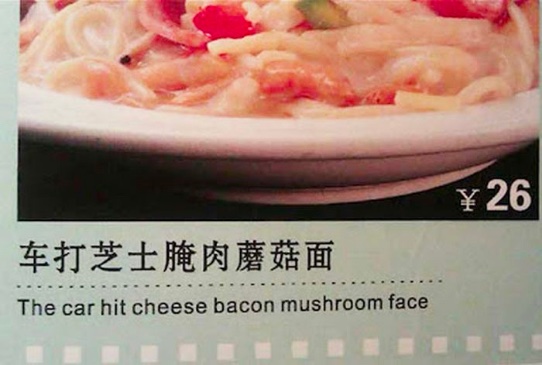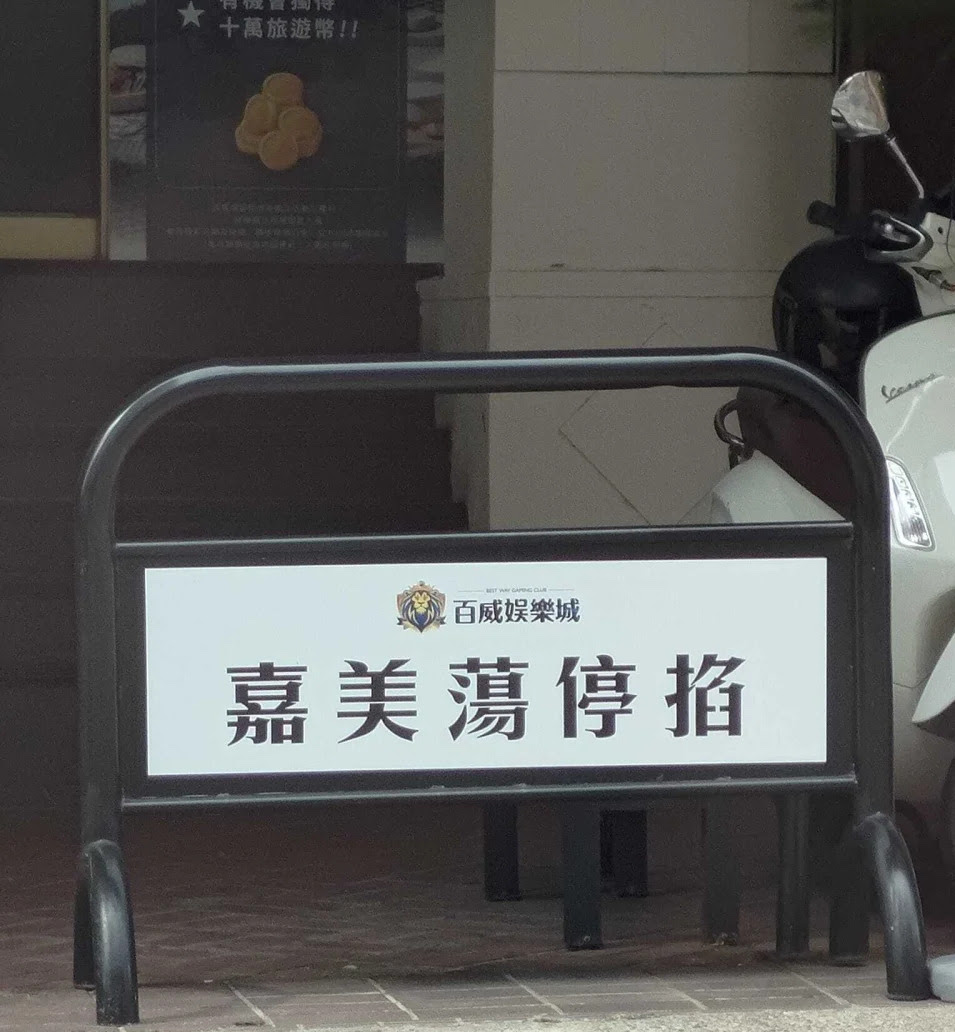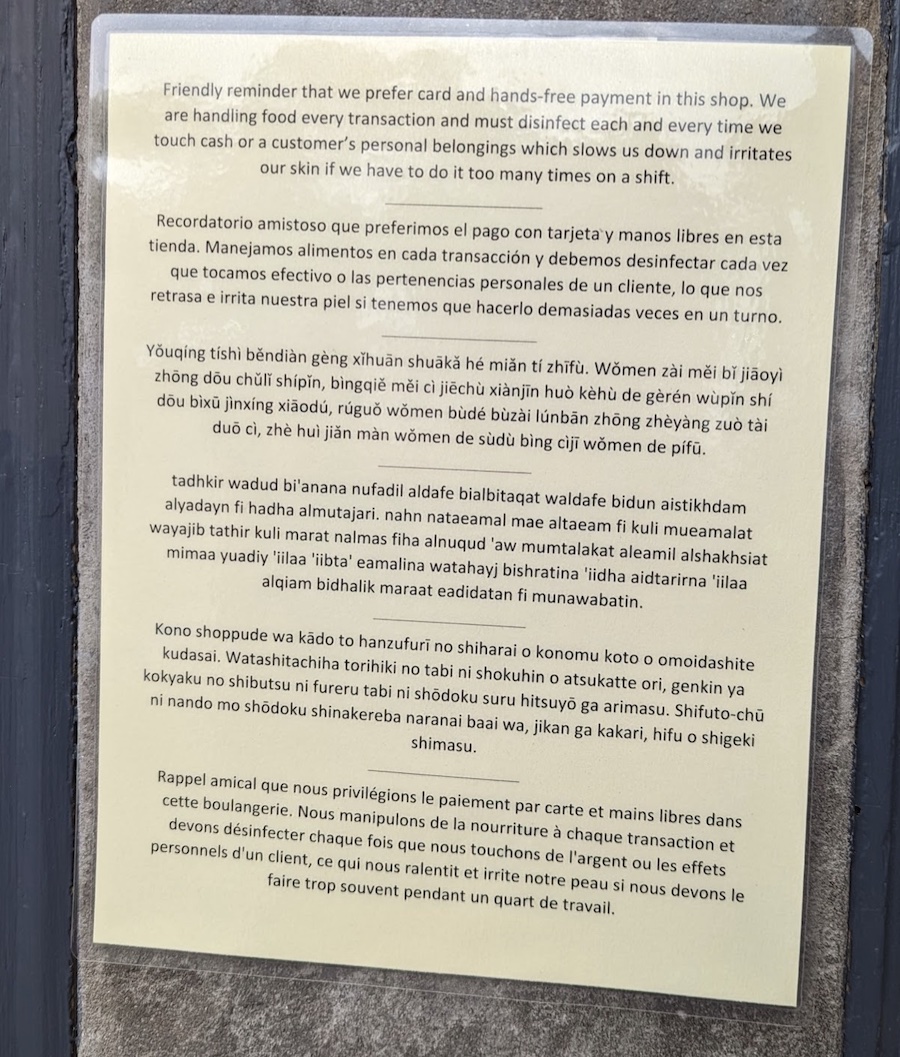We have seen ChatGPT tell stories (and variants of the stories it tells), fancify Coleridge's famous poem on Xanadu, pose a serious challenge to the Great Firewall of China, mimic VHM, write Haiku, and perform all manner of amazing feats. In a forthcoming post, we will witness its efforts to translate Chinese poetry. Today, we will watch ChatGPT make a credible foray into Akkadiology.
Translating old clay tablet by using chatGPT
Jan Romme, Jan's Stuff (5/15/23)
The author commences:
You might have heard how I asked chatGPT to pose as a Jehovah’s Witness, write a “witnessing letter” with 2 or 3 bible scriptures in it, and then translate that letter into an English rap song, Eminem style. Or you might have missed that news. My point is, I like to play with AI’s.
I’m increasingly stupefied by how much AI models like OpenAI’s chatGPT, Google’s BARD, and Facebooks LLaMMa and others are capable of.
Read the rest of this entry »



